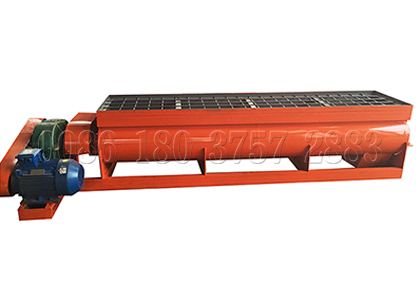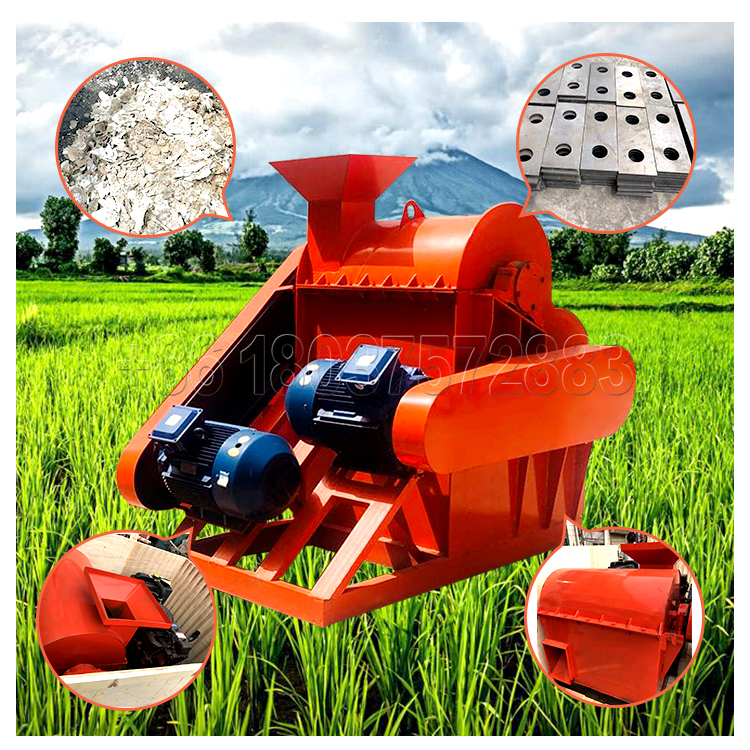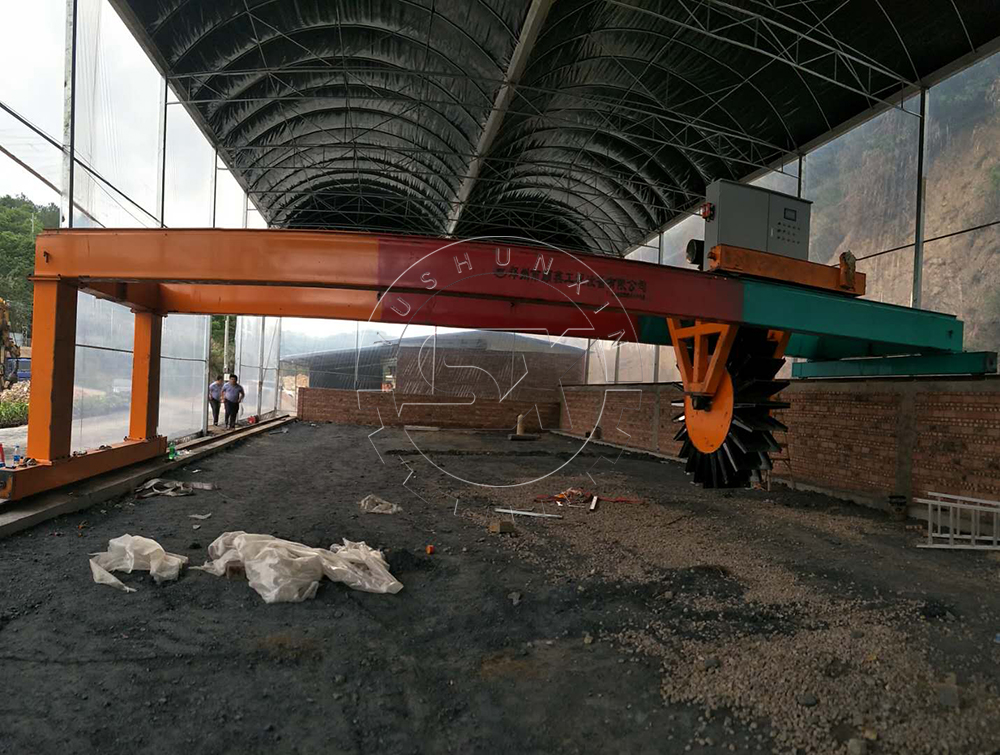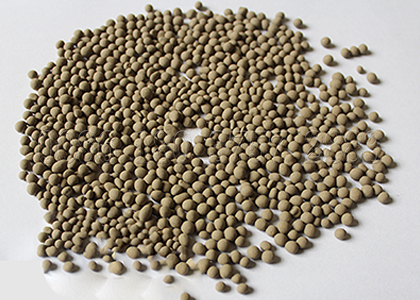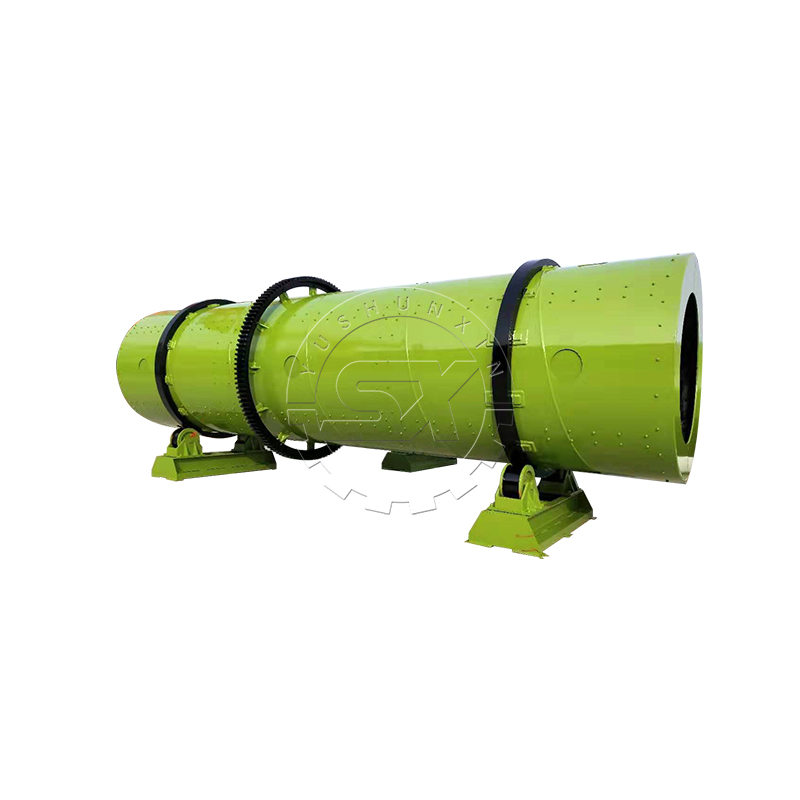NPK compound fertilizer has comprehensive nutrition, high content and good physical properties. But how to use NPK compound fertilizer correctly? Three problems should be paid attention to in the application process.
First of all, NPK compound fertilizer should be selected according to different soil and crops. Only in this way can its fertilizer efficiency be exerted. Rice, wheat, corn and other food crops need more nitrogen fertilizer, nitrogen and phosphorus compound fertilizer can be used; Leguminous crops can fix free nitrogen in the air, and can apply phosphorus and potassium fertilizer. Some economic crops can choose ternary or multivariate compound fertilizer suitable for local soil and climate conditions.
Here are solutions to make npk compound fertilizer granules, go to https://www.fertilizer-plants.com/npk-fertilizer-production-line/
The second is the combination of compound fertilizer and simple fertilizer. The nutrient composition of compound fertilizer is fixed. Only when combined with various element fertilizers can the nutrient requirements of crops in different periods be met.
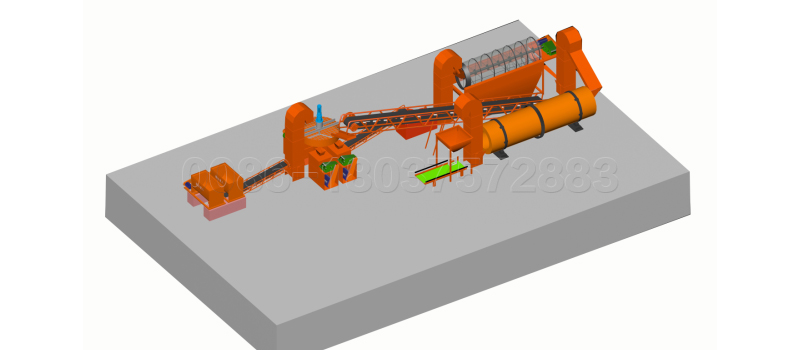
Generally speaking, compound fertilizer should be used as base fertilizer, and simple fertilizer can be used as top fertilizer at peak and critical period. At the same time, organic fertilizer must be applied.
Third, the method should be appropriate. In various compound fertilizers, the proportion and form of various nutrients are different. In addition, soil and crop types are different, so fertilization methods should not be the same, should be treated differently.
Clay soil fertility should be applied deeply, sandy soil fertility can be removed easily, and a small amount of fertilizer can be applied. The compound fertilizer containing ammonium nitrogen should be covered deeply to reduce the loss. How to make npk fertilizer granules at large scale? Go here for more.
The compound fertilizer containing phosphorus and potassium should be applied in a centralized way and near the root system to avoid nutrient fixation and promote the absorption and utilization of crops. Generally speaking, expensive potassium dihydrogen phosphate should not be used as base fertilizer, but as external fertilizer or seed soaking.



